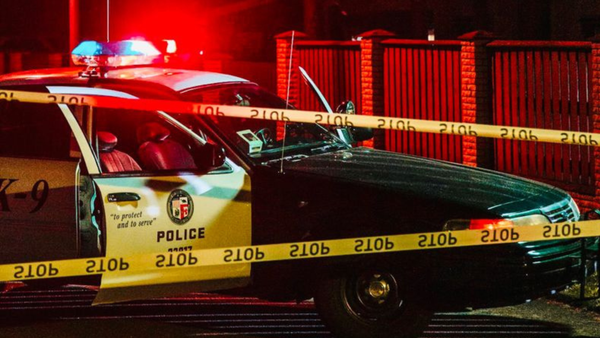
With tariff headwinds building and EV credits rolling off, U.S. Franchise Auto Dealerships maintain solid momentum on disciplined OEM pricing and balanced inventories; investors often gravitate to Lithia & Driveway (NYSE:LAD) and AutoNation (NYSE:AN).
Rajat Gupta of JPMorgan issued a fresh research note on U.S. franchise auto dealers, arguing the group’s fundamentals remain resilient in the near term, with demand across the board ‘better than feared’.
This is even as policy and macro headwinds build into late 2025 and 2026, with expectations of a ‘pullback in demand’.
Also Read: United States Vs. China: In Automotive Market, Europeans Have A Clear Favorite
Franchise auto dealer shares have bounced over the past month, narrowing prior underperformance from the second quarter earnings stretch.
Demand And Affordability
Retail new-vehicle sales are tracking mid- to high-single-digit growth in the third quarter, supported by steady consumer spending, equity-market strength, and, crucially, stable affordability as OEMs have so far limited price increases despite tariffs.
The pending expiration of certain EV incentives in September has also pulled some demand forward, lifting the battery-electric mix to about 10% quarter-to-date versus roughly 7% last quarter.
Inventory and days’ supply remain broadly stable, aiding a gradual normalization in gross profit per unit (GPU) rather than a sudden reset. Mix headwinds from BEVs are modest.
Downstream, used volumes are firm and service lanes show healthy traffic and pricing, reinforcing the durability of higher-margin fixed operations.
JPMorgan raises third-quarter estimates (about 2% above prior and roughly 7% above consensus, by the bank’s count) and still prefers a narrow relative stance: Lithia & Driveway as the top pick, followed by AutoNation.
A recent cyber incident tied to a European brand may weigh on select U.K.-exposed operators in the third quarter, with possible lag effects at some U.S. stores.
Industry checks point to mid- to high-single-digit year-over-year gains in used retail sales through July–August, with late-model supply tight but easing over the next few quarters as trade-ins improve.
Wholesale prices cooled after an initial tariff-related spike, and retail/wholesale spreads imply a constructive GPU backdrop, though sourcing remains highly competitive.
Beyond the third quarter, JPMorgan sees increasing risk to demand and GPUs as EV credits roll off and tariffs are reflected more fully in sticker prices amid a softening labor market in key regions.
The bank models 2026 U.S. SAAR near ~15.5 million (versus ~16.0 million in 2025), while noting upside if North American trade outcomes prove more “favorable” for Canada and Mexico.
Read Next:
Photo: Shutterstock







